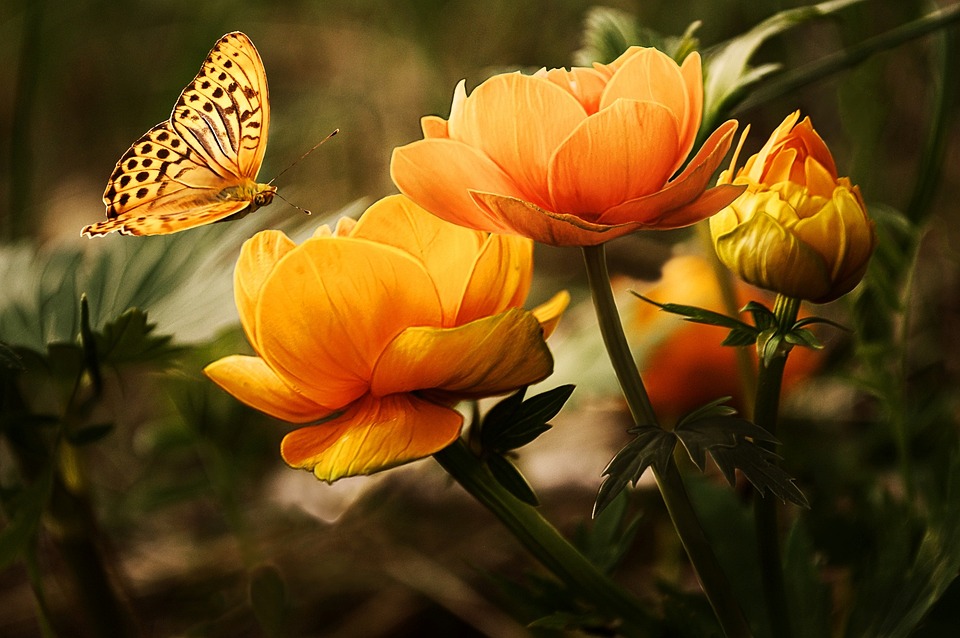What do plants and animals need to grow?
Almost all plants and animals need air, water, light and nutrition to grow. Green plants use a complex chemical process, called photosynthesis, to generate energy to survive and grow. Since plants create their own energy, they are the first link in the food chain. Animals need to drink water and eat plants or other animals for energy. Therefore, they are located at the next step in the food chain. There are some animals, like camels, that can survive for days without drinking water. Since they live in deserts with very little water, they have adapted to the particular conditions of their habitat.
How do plants get food?
Unlike animals, plants produce their own food and, with the exception of a few carnivorous plants, do not eat other organisms. Green plants use water, nutrients, and a green substance in their leaves called “chlorophyll” to produce their own food. Normally water and nutrients are absorbed from the ground through their roots. However, some plants have evolved other ways of obtaining water and nutrients. Many plants make funnel-shaped “containers” in their leaves to collect water. Carnivorous plants use their digestive juices to convert insects caught in their collapsible or sticky traps into feeders.
What happens when we keep plants in the dark?
In the absence of light, plants drop their leaves and die, leaving only their roots and stems. Plants grow slowly at night and in winter. Most animals also depend on light, although some have adapted to their dark habitats. For example, moles that live underground are almost blind because they do not need their eyes underground. We humans also need sunlight to help produce vitamin D in our skin, which in turn is essential for building bones. We will also lose time if it stays dark around us for too long.
What is photosynthesis?
The chloroplast inside the green leaves of plants is the “workshop” where photosynthesis takes place. Water is supplied to the leaves by the roots, and carbon dioxide is absorbed from the air through small pores on the underside of the leaf. Both are broken down into the elements hydrogen, carbon and oxygen with the help of chlorophyll and sunlight. Plants build glucose (dextrose) from these elements and oxygen is released into the atmosphere as a by-product. Photosynthesis has been the source of oxygen in the air since the origins of life on Earth.
How do camels survive long journeys in the desert?
Camels can go about two weeks without drinking water because they can store up to 150 liters of water in their bodies. Fat is also stored in their humps and this energy store can sustain them for 30 days without food. Moreover, unlike most other mammals, camels can change their body temperature. At night they lower their body temperature so much that during the day the body warms up slowly and they don’t sweat as much. Thus, fluid loss does not occur earlier in the day.
What is the food chain?
In nature, there are “producers” who build up biomass, and “consumers” who eat. Producers are plants that grow and produce energy with the help of photosynthesis. It is eaten by the consumer, and this consumer is often eaten by another consumer. This chain of consumers is called the “food chain”. The short food chain is cowgrass. The longest is the polar bear – flea – herring – seal – algae: daphnia eats algae, herring eats a lot of daphnia, seals eat herring, polar bear eats seals. After all, a lot of algae is needed to feed the polar bear. When a polar bear dies, its meat is either eaten by other animals or broken down into nutrients by bacteria. Algae use these nutrients again to generate energy, thus completing the food chain.
